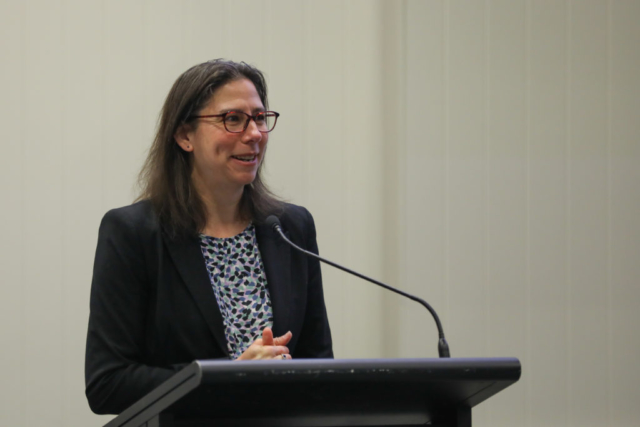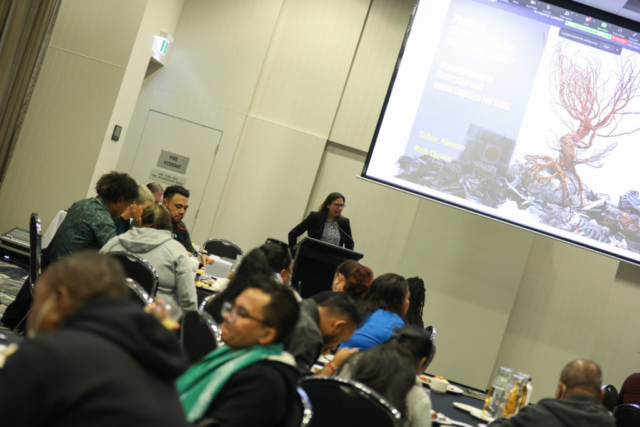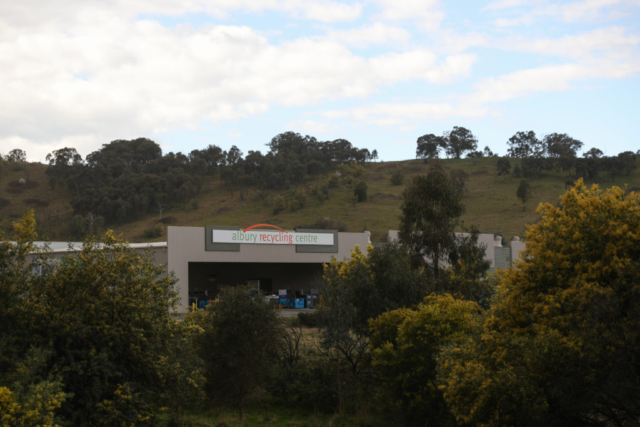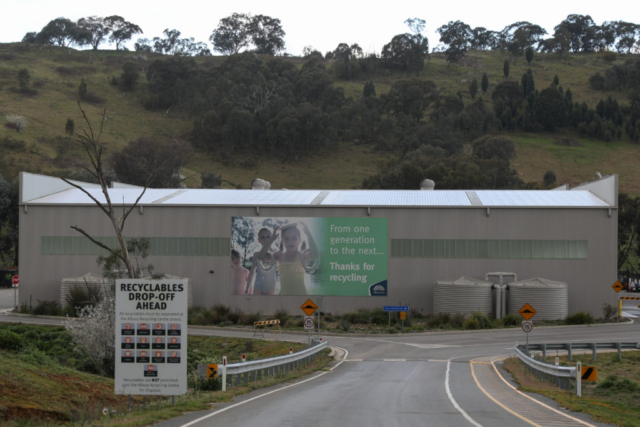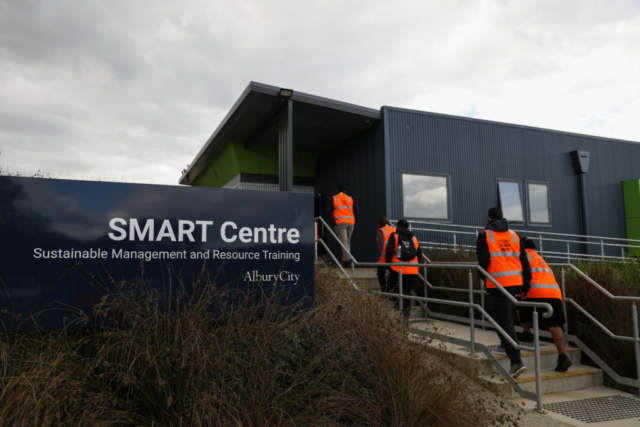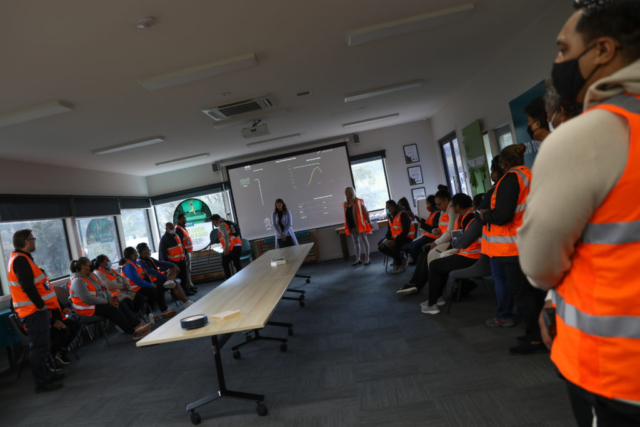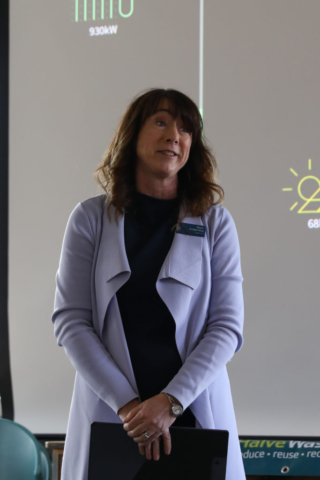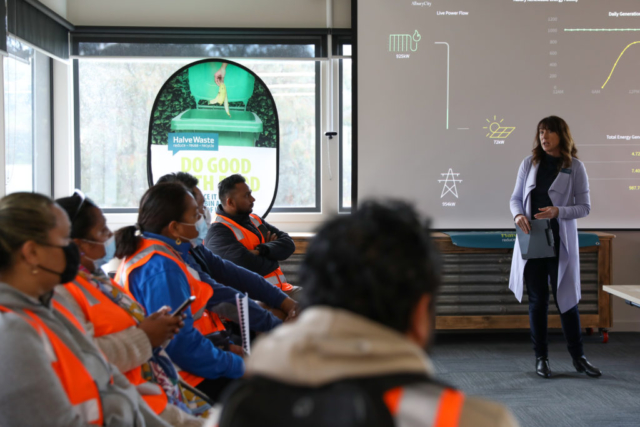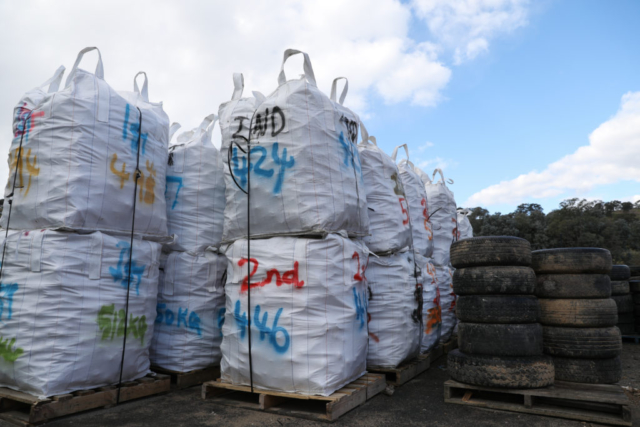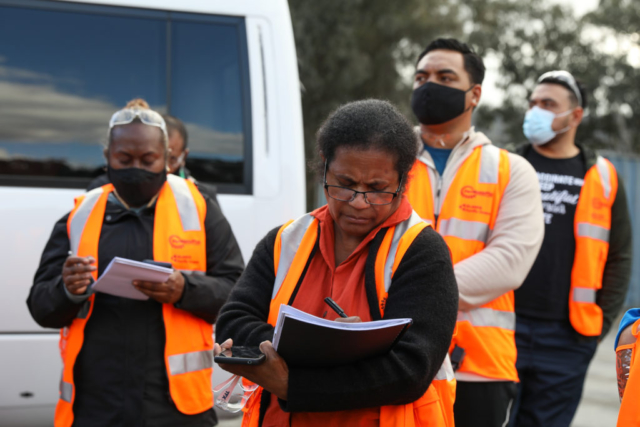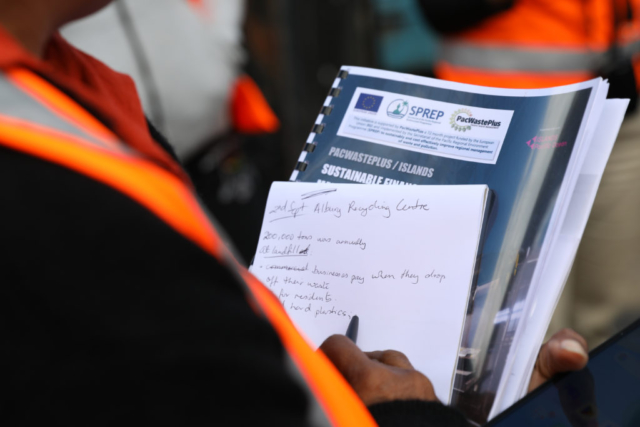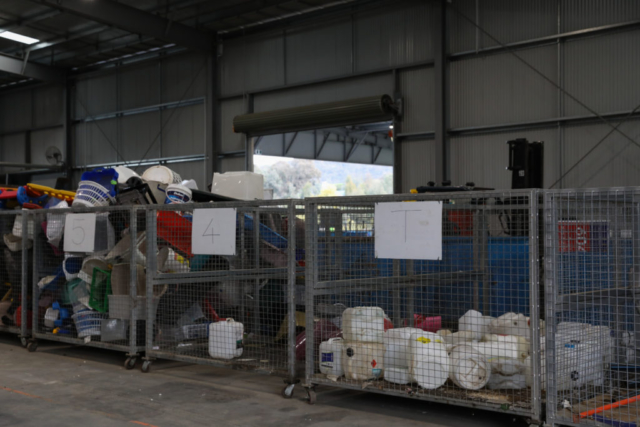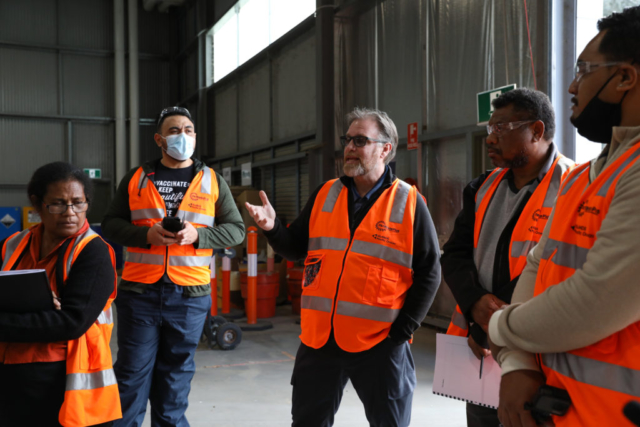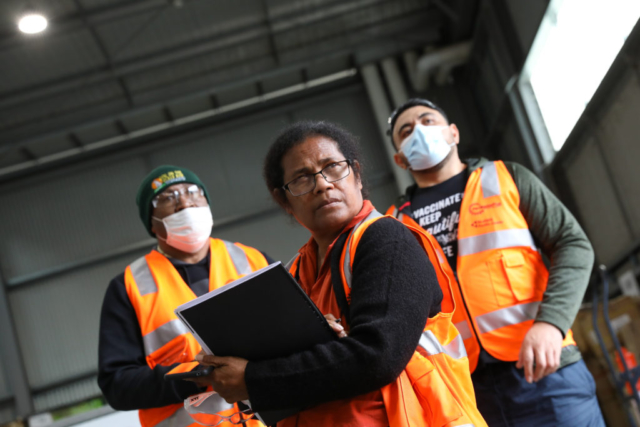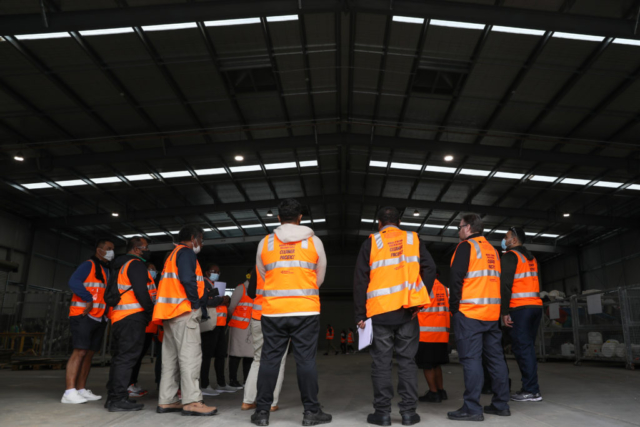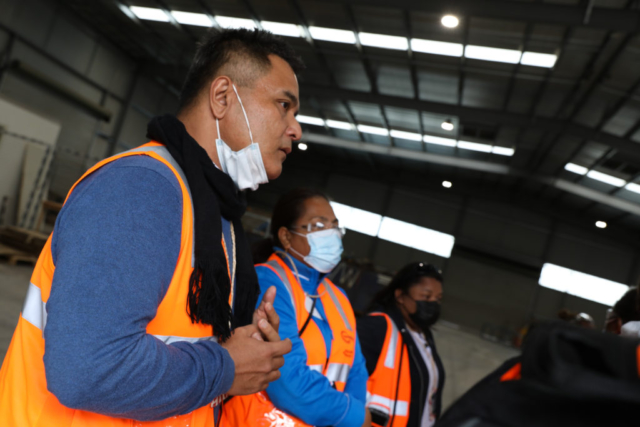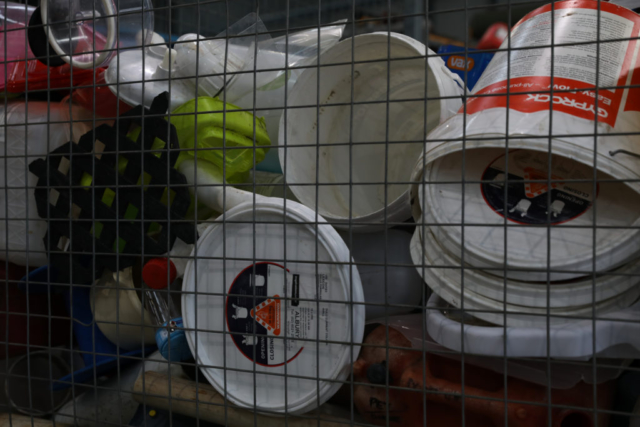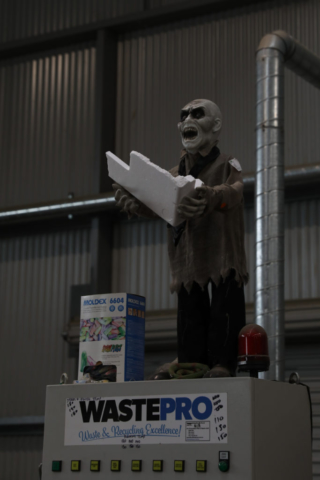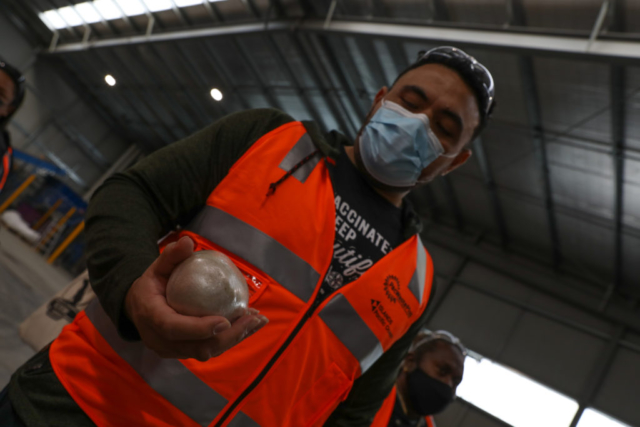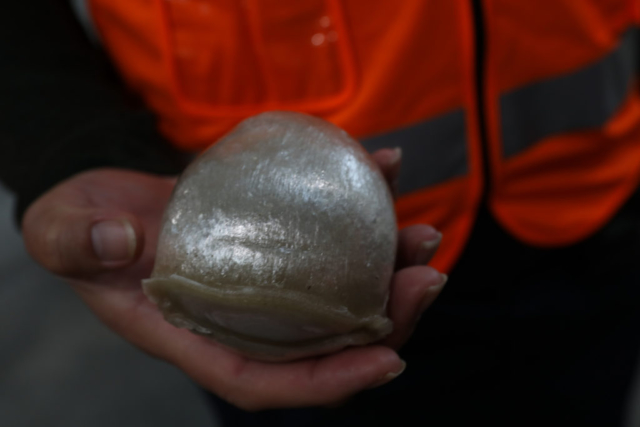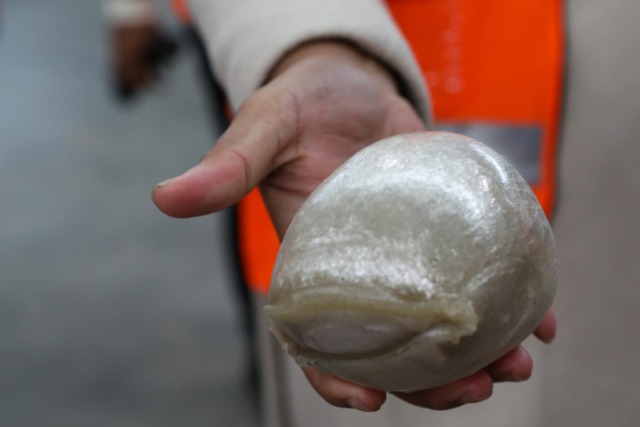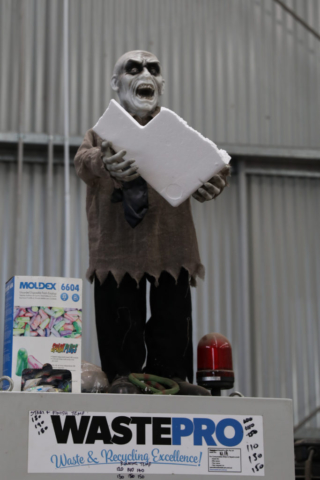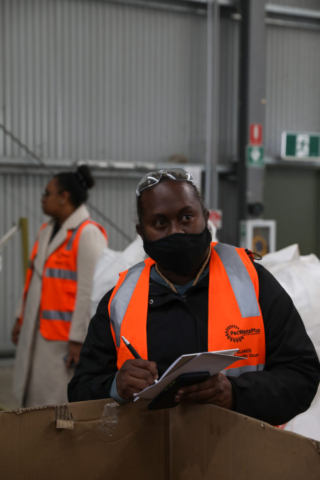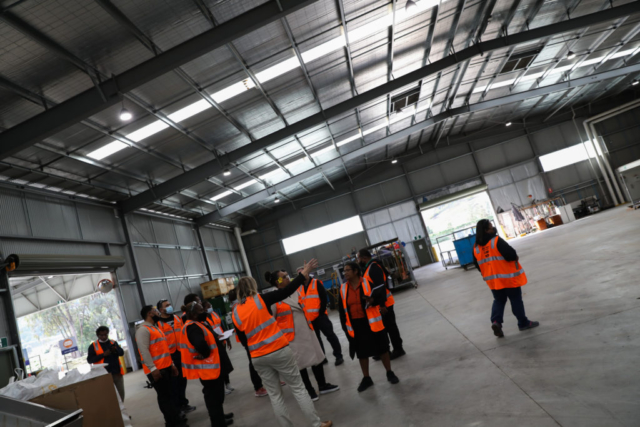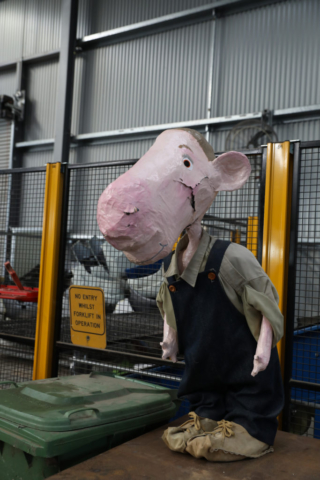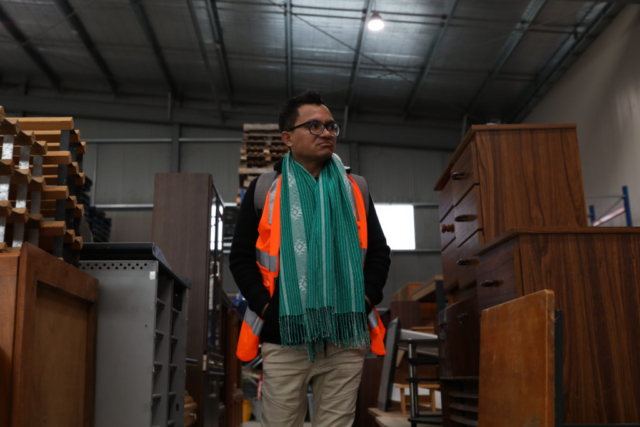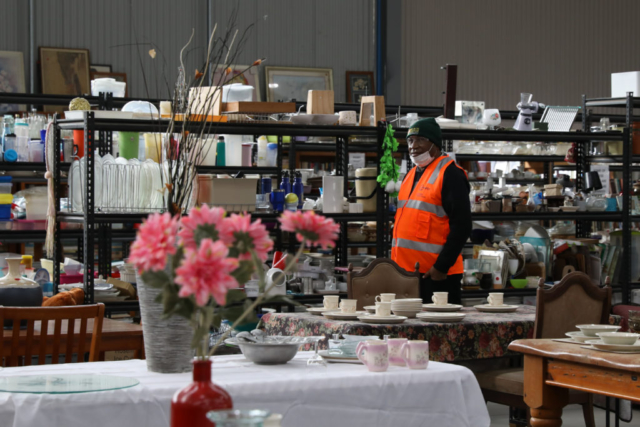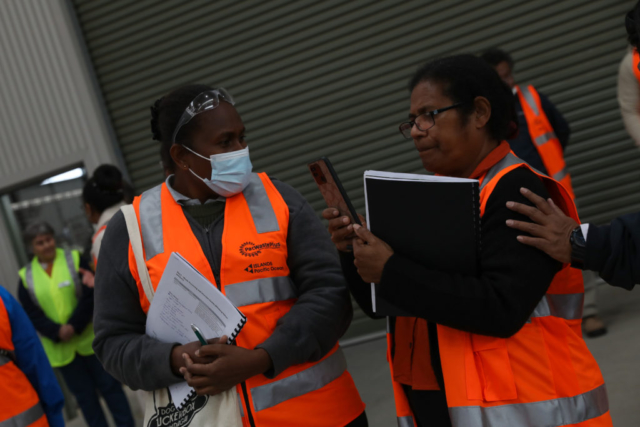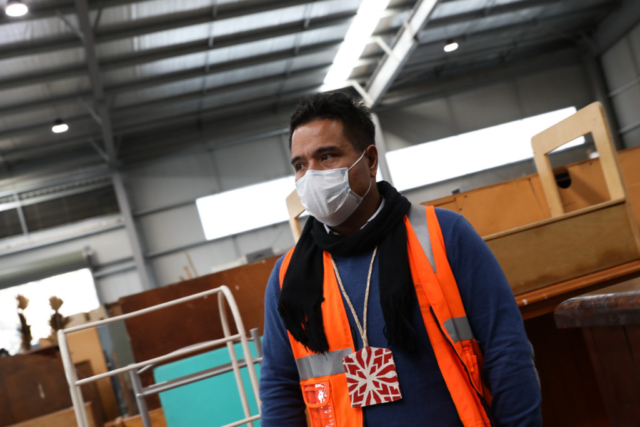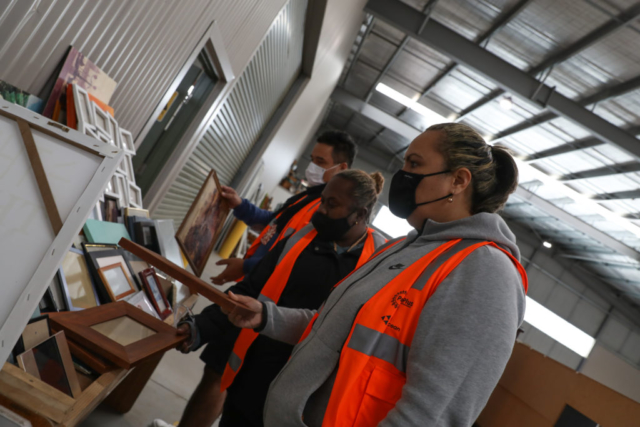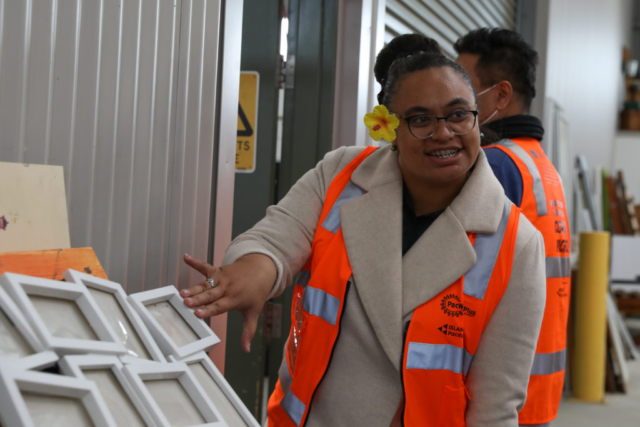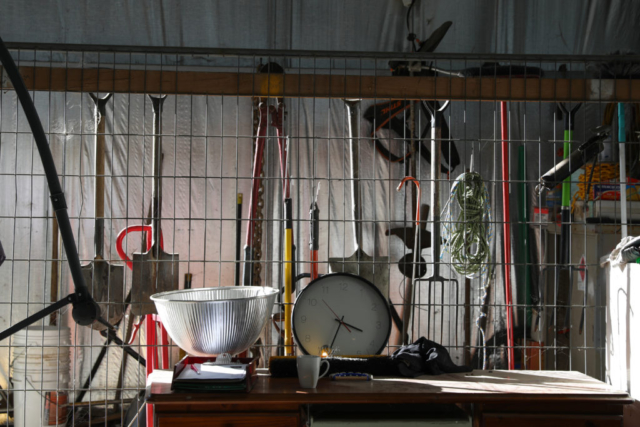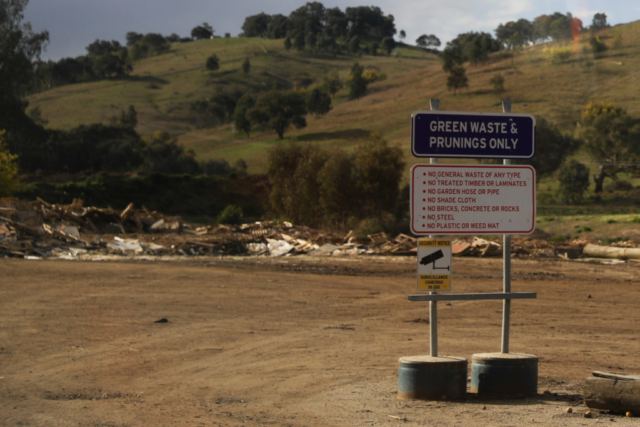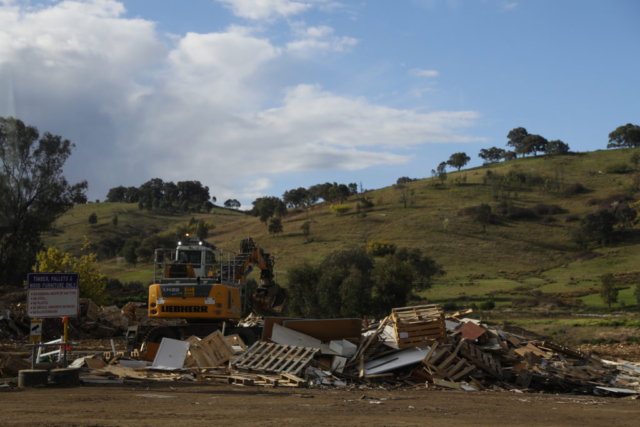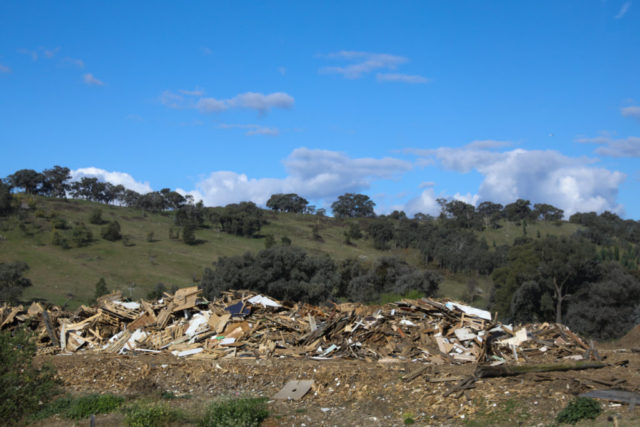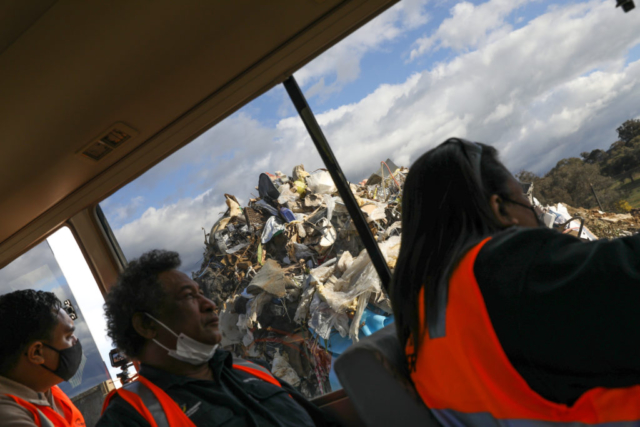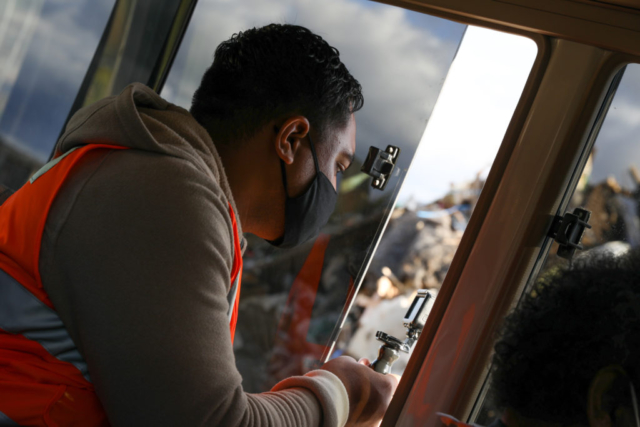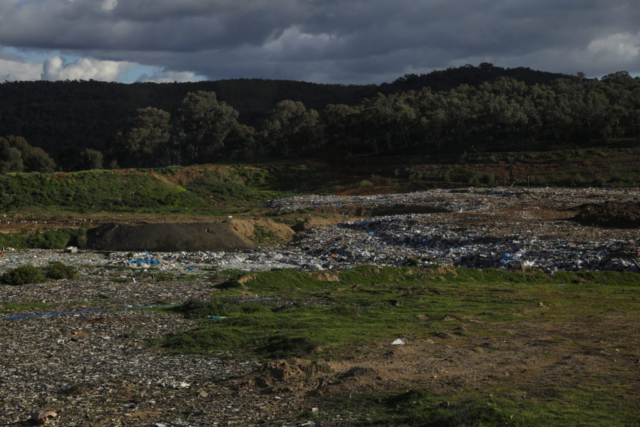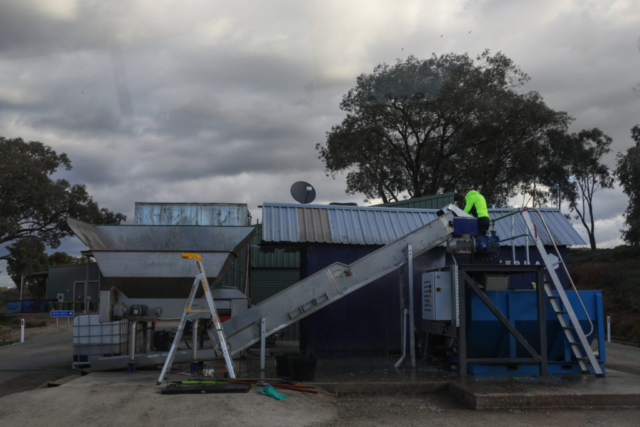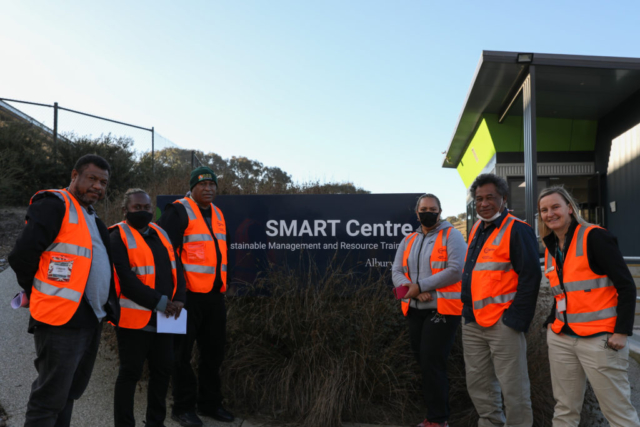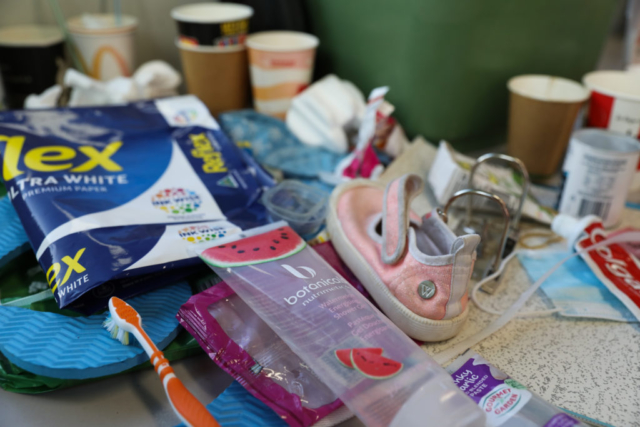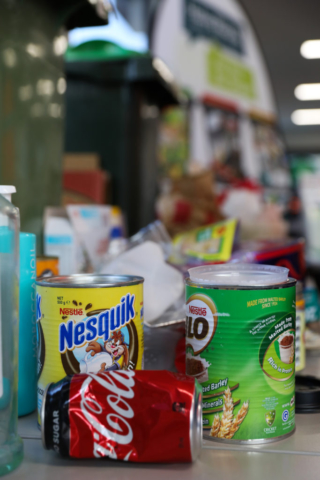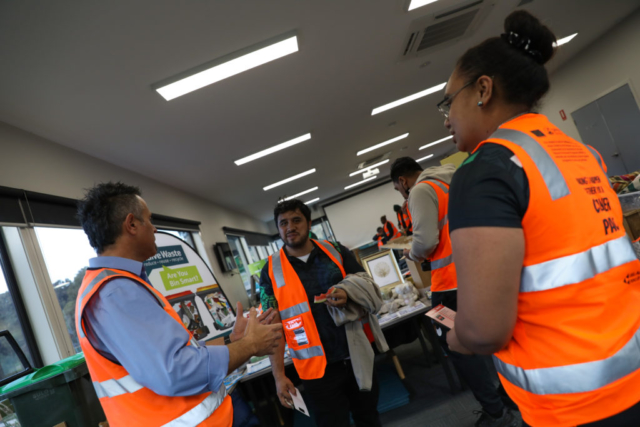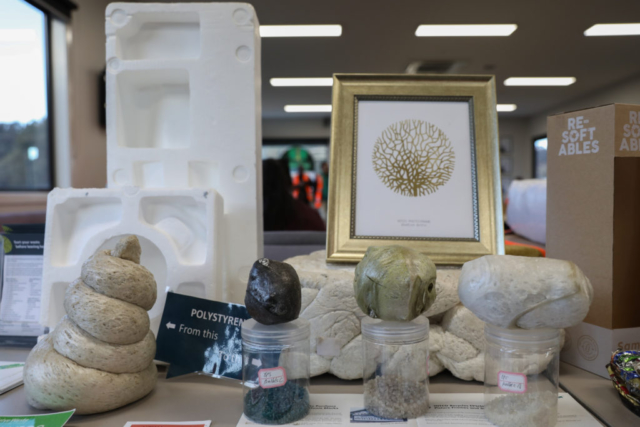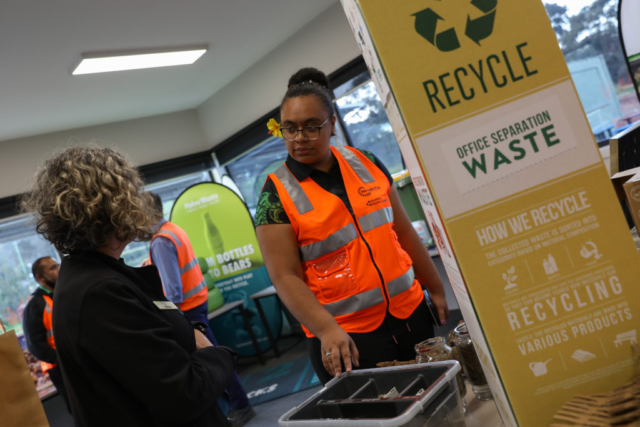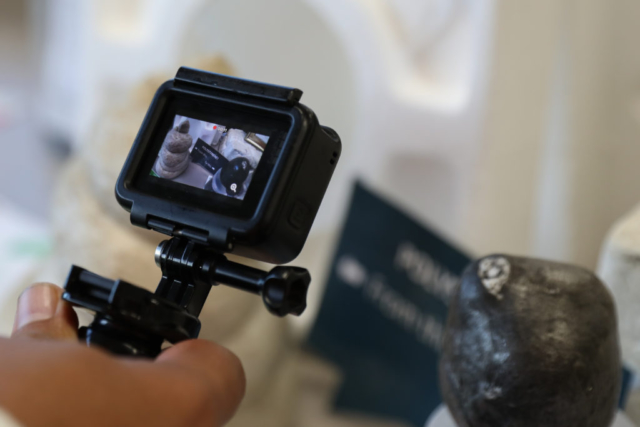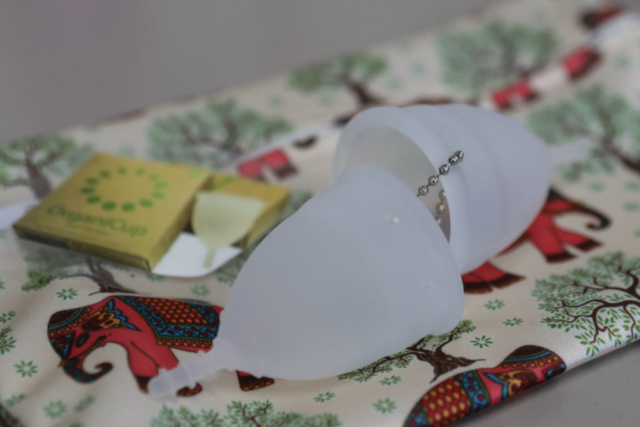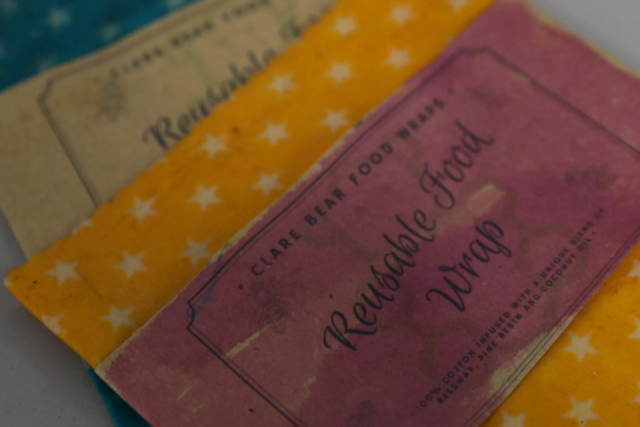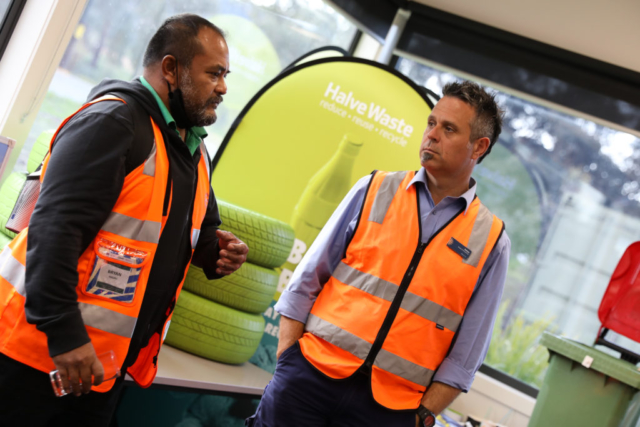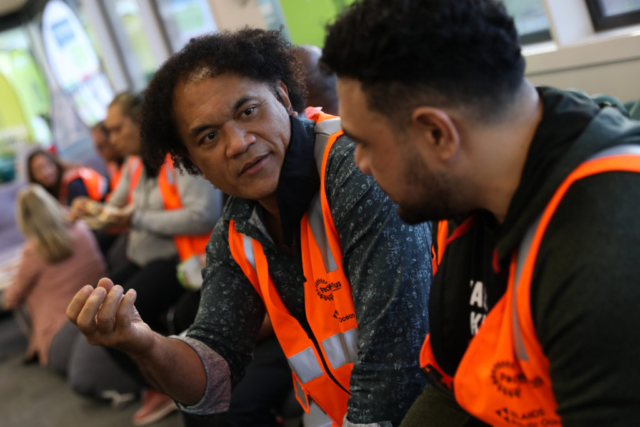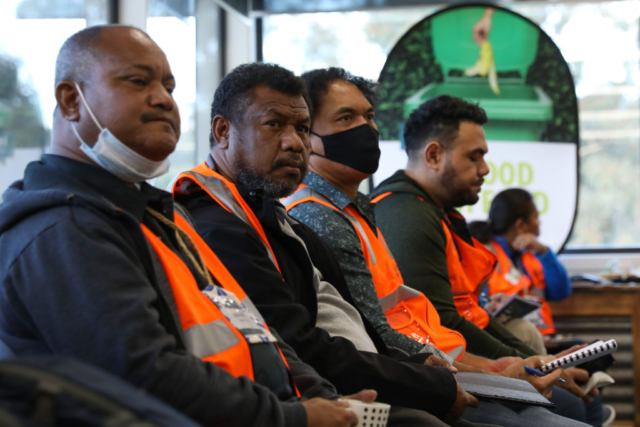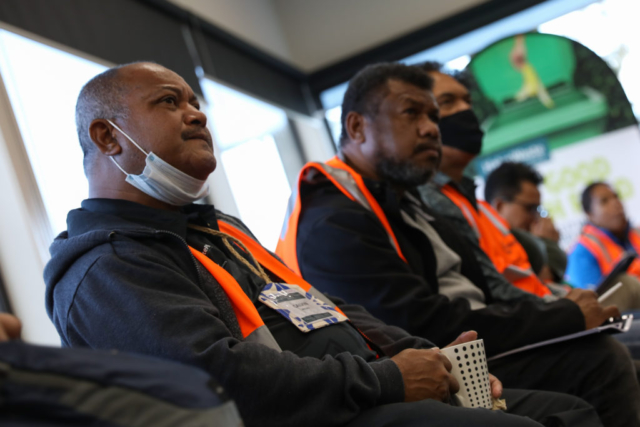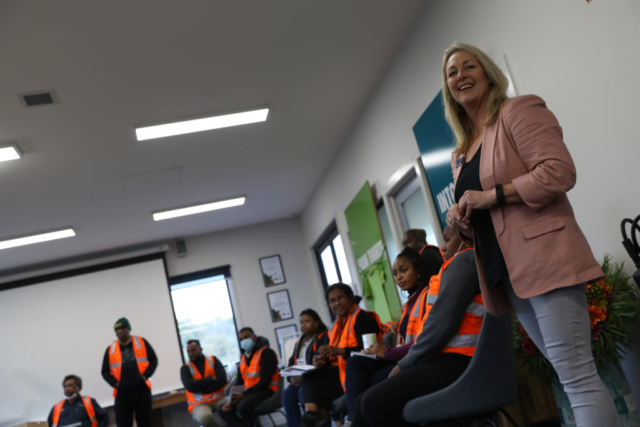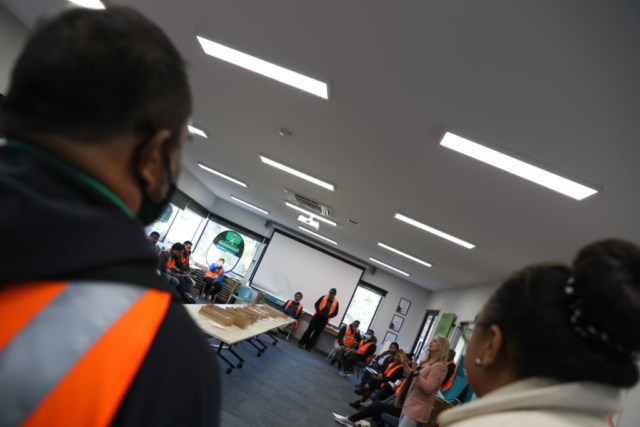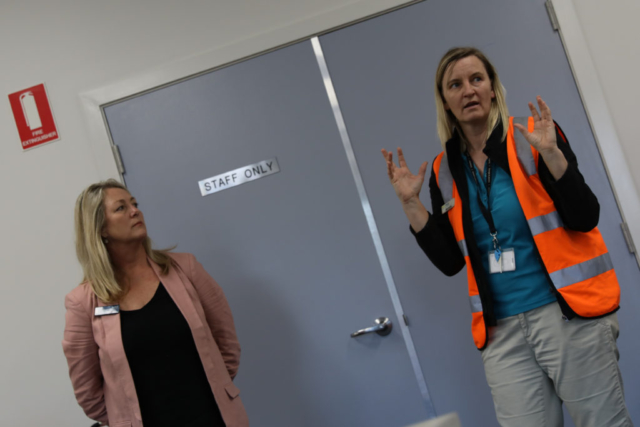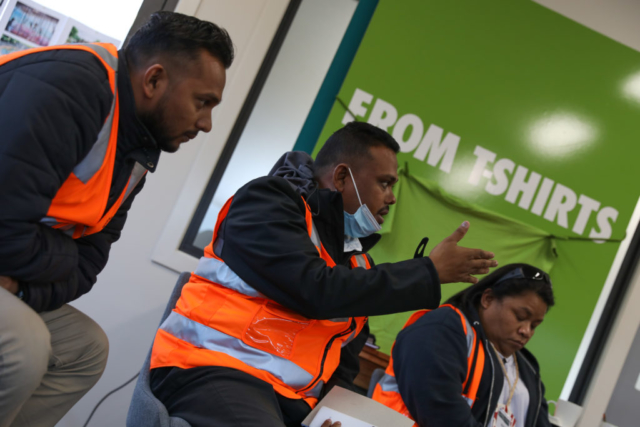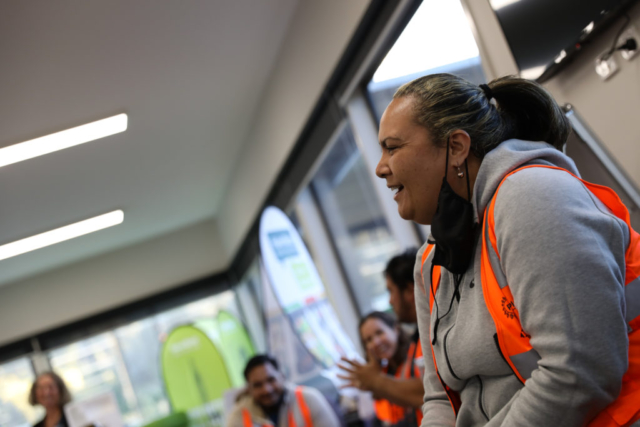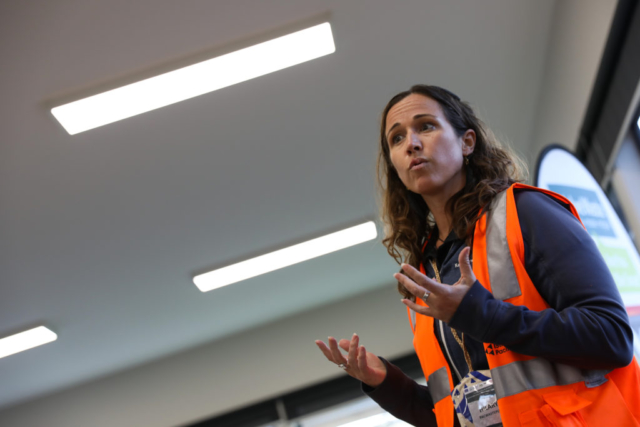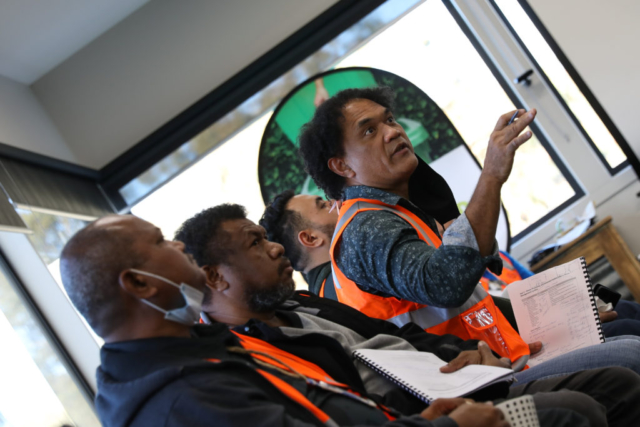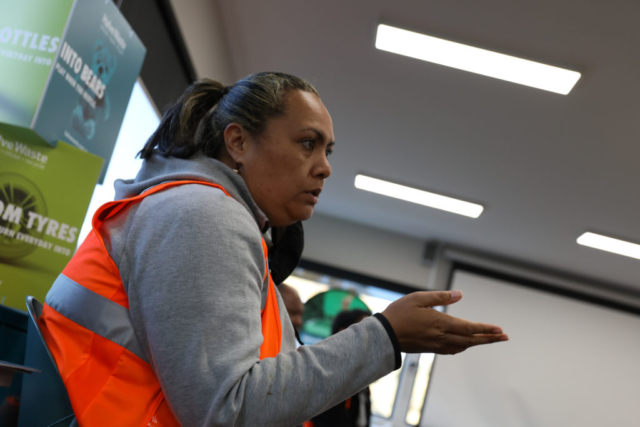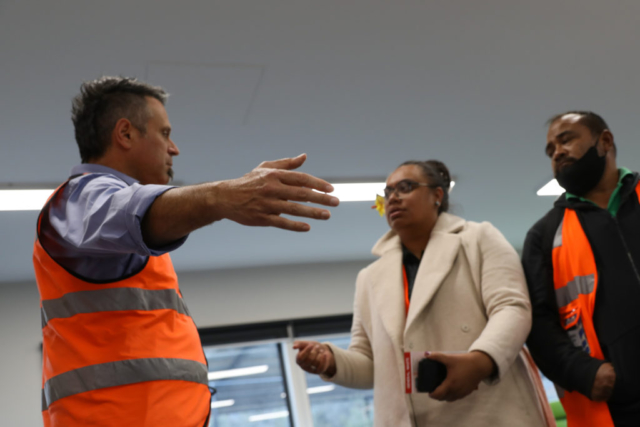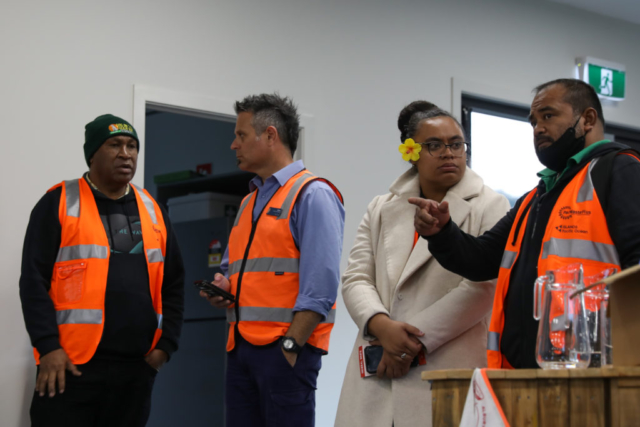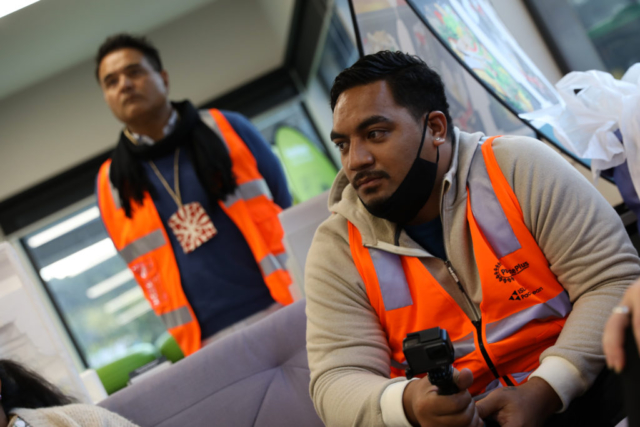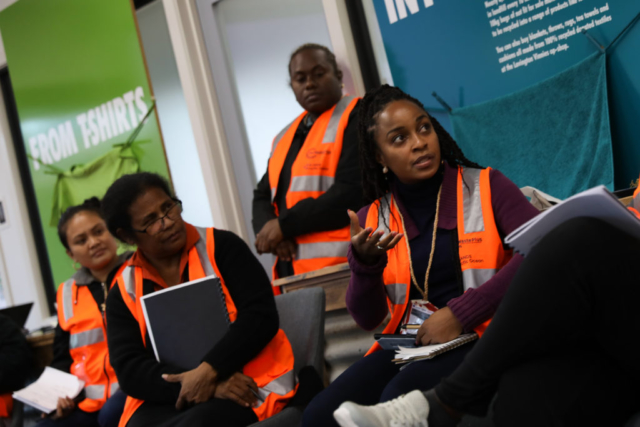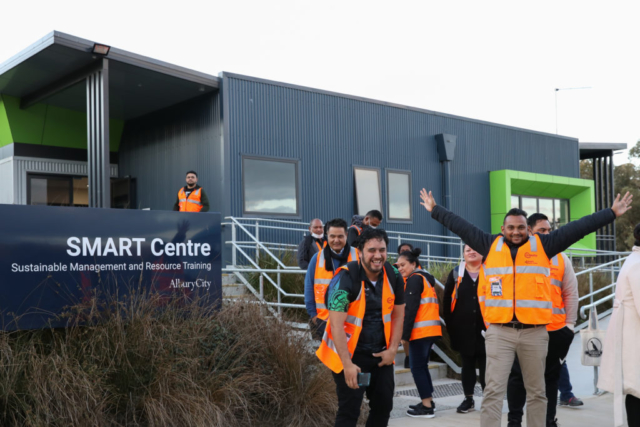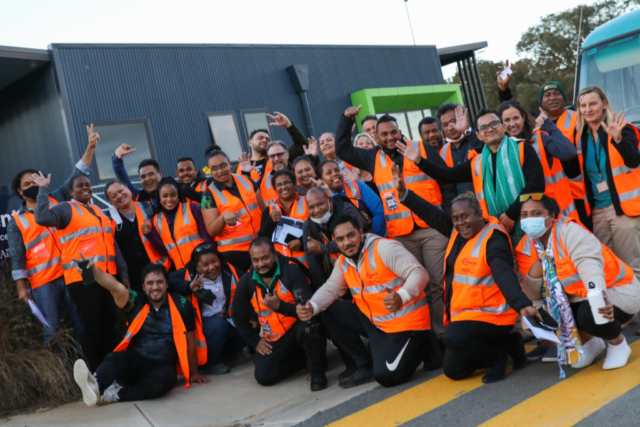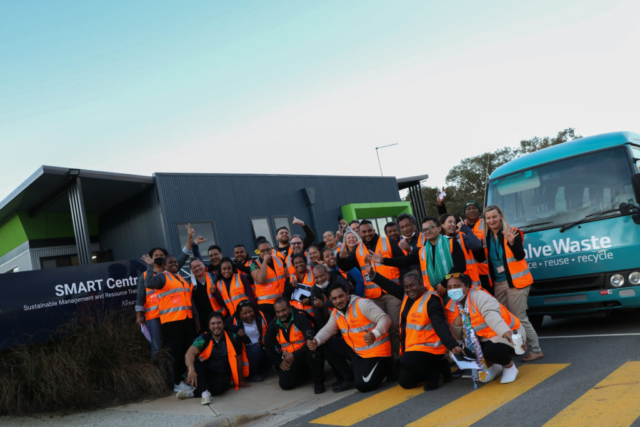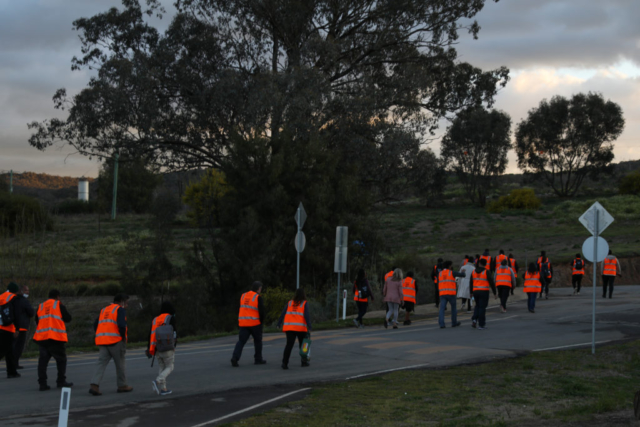News - Sep 5, 2022 Pacific Delegates Enhance Understanding of Waste Management Facilities Operation
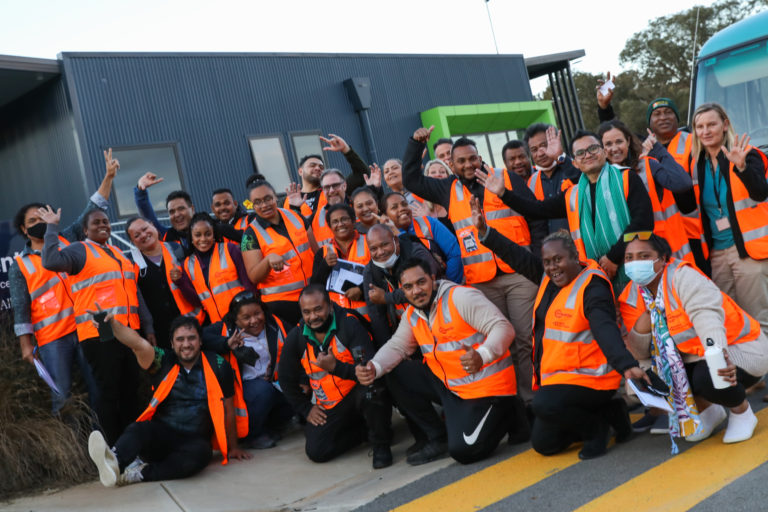
After an early working breakfast with representatives from the Australian Department of Climate Change, Energy, the Environment and Water, the Sustainable Financing for Waste Management Study Tour participants bid farewell to Canberra. It was a spectacular drive through the rolling plains of New South Wales, the bright yellow camphor fields bursting in the morning light, and the team eventually arrived at the Albury Waste Management Centre, one of Australia’s most advanced waste disposal facilities.
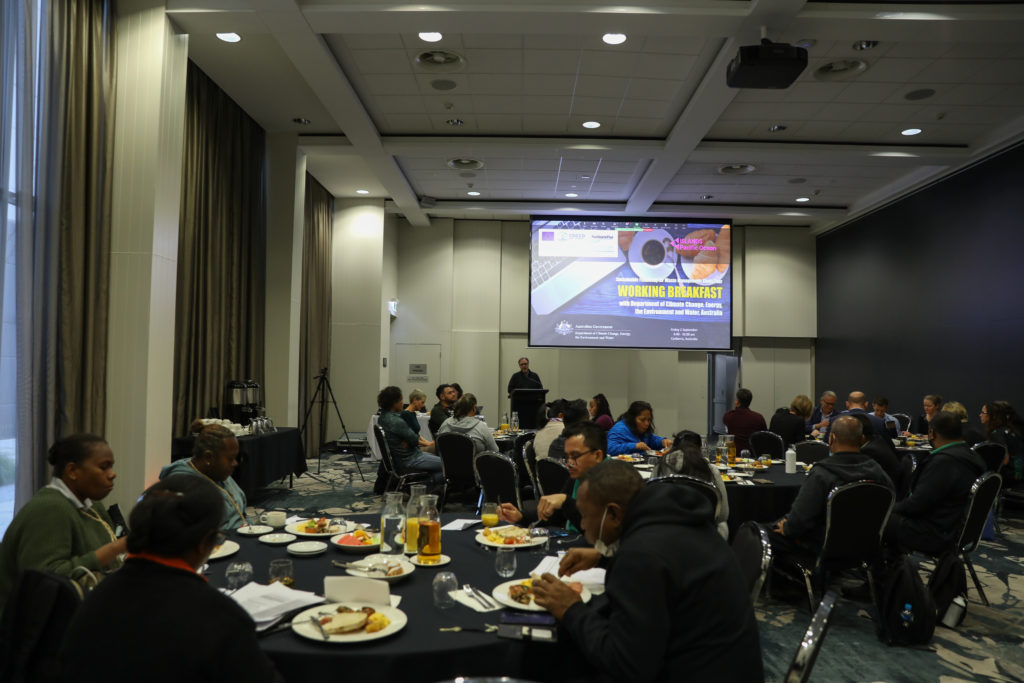
The site is undoubtedly impressive. As a drive-through facility that enables residents to deliver all kinds of recyclable products and general waste, the site is impeccably organised and facilitates a tip shop, polystyrene recovery, mattress shredding, metal and paint recovery, furniture recovery, a construction and demolition sorting platform, a food and garden organics transfer station, and even an innovative project using black soldier fly larvae to address food waste.
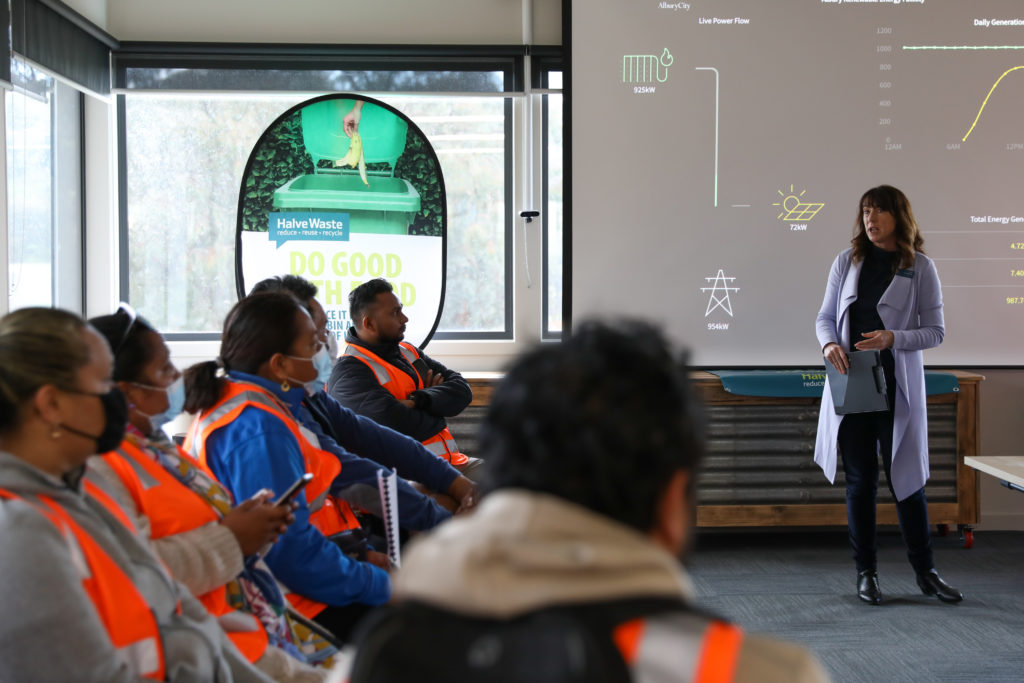
‘As a regional facility, we process 200,000 tons of waste per year,’ explained Andrea Baldwin, Team Leader for Resource Recovery at Albury. ‘All of this waste used to go straight to the landfill, and we have the fourth largest landfill in New South Wales. For more than a decade we’ve focused on recycling and because we’ve been able to divert so much waste through this process, we’ve actually managed to extend the life of the landfill for an additional 20 years. It’s been a long and hard journey, but we are extremely proud of what we’ve been able to achieve.’
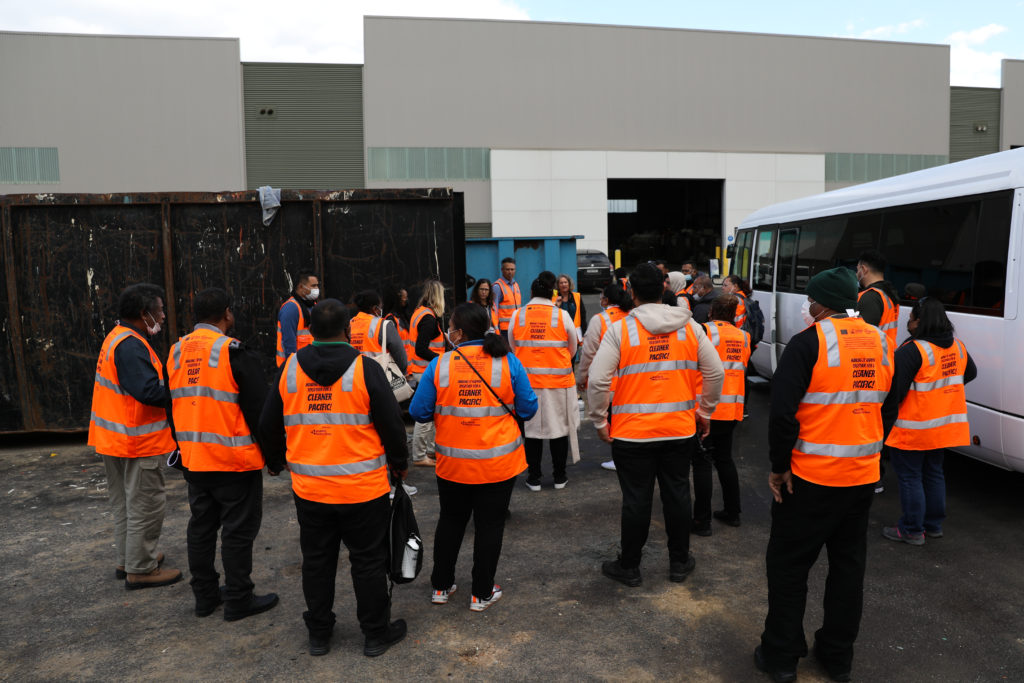
The study tour participants were given an expertly guided site tour to understand how the different facilities work, followed by a Talanoa with the site operators. A range of topics were discussed from technology to legislative arrangements, financial considerations, energy production, and engaging with the local community, and the afternoon was alive with conversation and questions.

‘Today was enlightening,’ commented one participant. ‘There was just so much to take in. Maintaining a site like this requires both infrastructure and community education, and I was particularly interested to learn how they built the community outreach reach costs into their operations. At the end of the day, waste management requires a change of behaviour, and it was impressive to see how they have built up a relationship with their local community to help achieve this.’
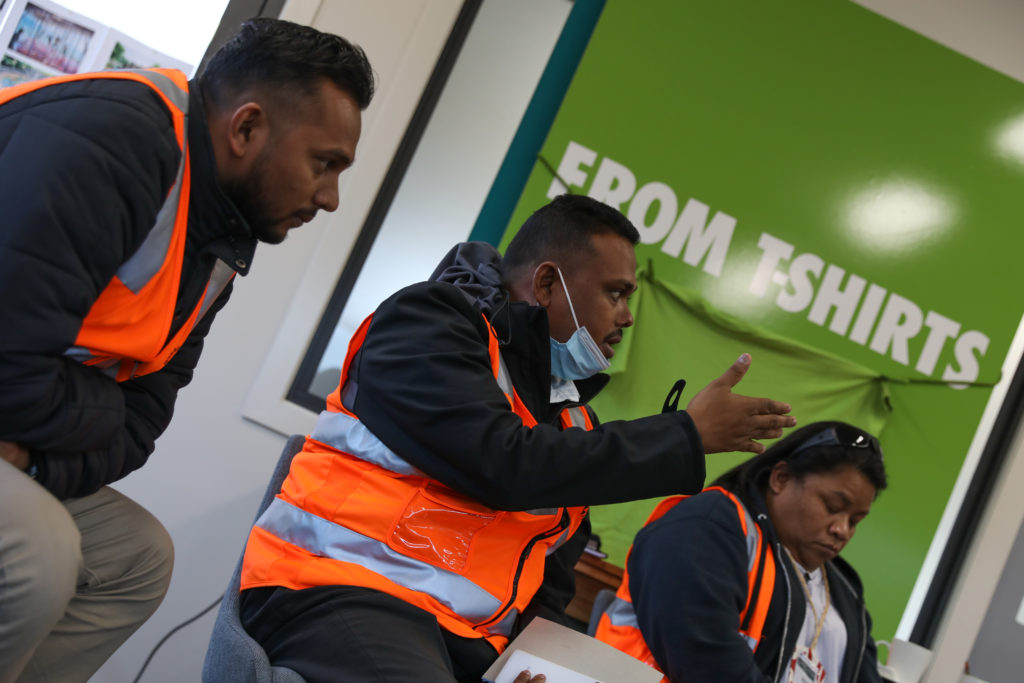
‘This week we’ve spoken a lot about the circular economy,’ commented another participant. ‘But here we’ve actually seen what that looks like in operation, how different closed-loop systems can really feed into each other. Even though this site is different from the Container Deposit Schemes that we’ve seen, in reality, the financial model is quite similar, and it’s been incredibly useful to see how we can apply the principles of sustainable financing in different ways. There is a lot we can take back to the islands, and I’m inspired to see what we can do.’
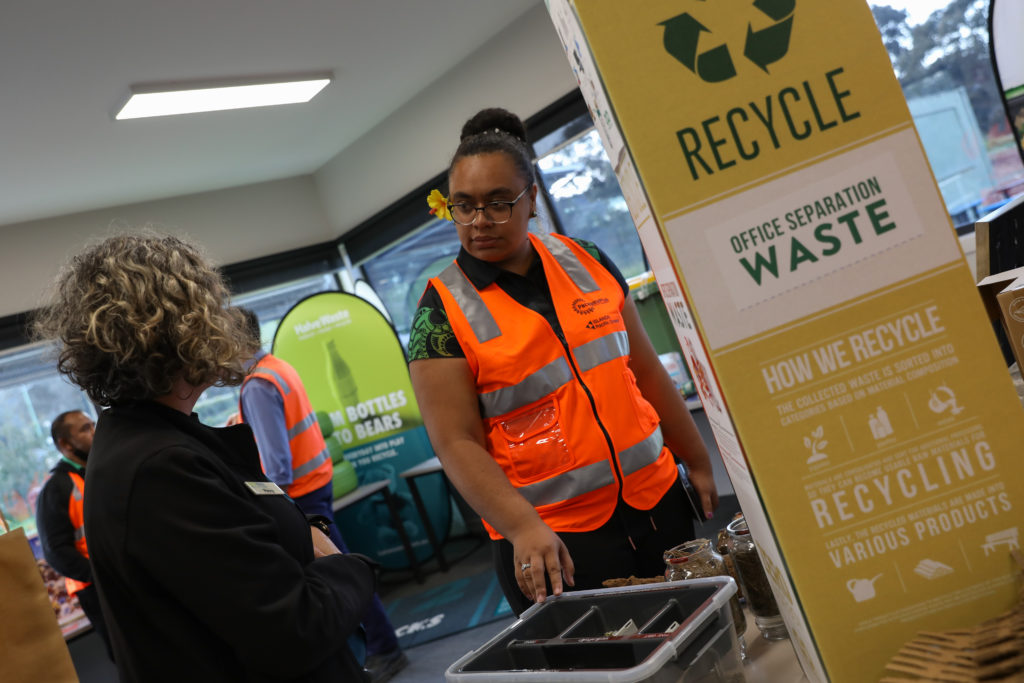
Article and Photos by GEF ISLANDS/PacWastePlus – Dr Kiara Worth


